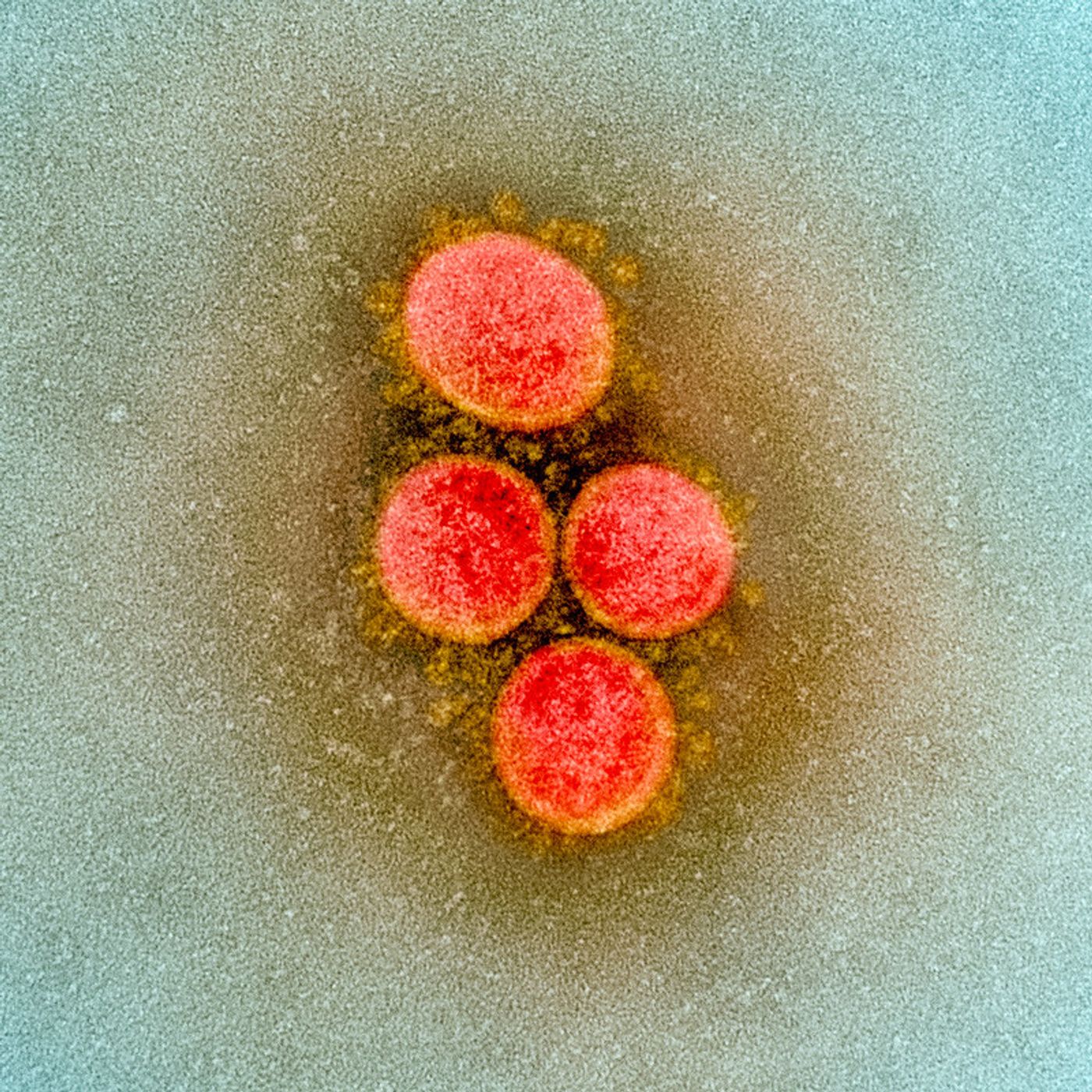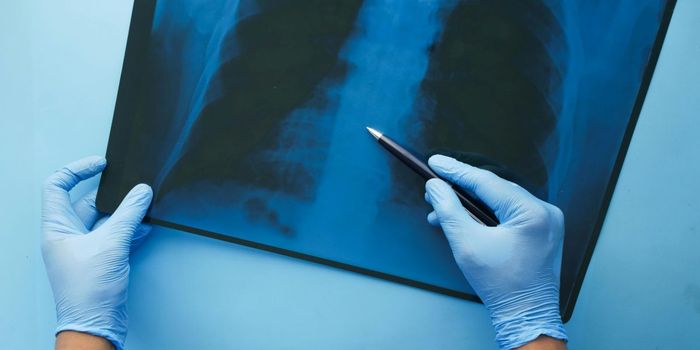Preprint Suggests Sars-CoV-2 Mutation Makes it More Transmissable
Researchers have been closely monitoring the spread of the pandemic virus, SARS-CoV-2, which causes COVID-19. Samples obtained from patients from all over the world have been used to sequence the genomes of the strains infecting these patients, which has created a genetic landscape of the virus. This data has enabled researchers to determine exactly where changes are occurring in the viral genome, and where new strains are emerging in our world.
New work from an international team of scientists is now warning of a mutation that is thought to have occurred in the SARS-CoV-2 genome sometime in February. This work has not yet been peer-reviewed, which means any claims made in the paper should be viewed with a degree of skepticism until they have been vetted by several experts.
The scientists, from Los Alamos National Laboratory, Duke University, and the University of Sheffield in the UK, have been analyzing the genomic region that encodes for the Spike protein of SARS-CoV-2. The Spike protein of a virus is what helps it infect human cells, and is often used as a target for vaccines and treatments. The researchers noted that the SARS-CoV-2 virus has a low level of diversity - there are not many strains and it is not mutating frequently. Mutations in the Spike protein are also rare. However, the virus is highly contagious and spreading rapidly, which gives it ample opportunity to mutate.
Viruses that mutate frequently often do so at their own peril. Mutations that make viruses more lethal are often not advantageous to the virus - they end up making those that are infected so sick that there is little opportunity to infect other people, and the virus dies out. But mutations can be beneficial to a virus by making it more infectious, which may be the case for a mutation called Spike D614G. (The mutation happens at position 23,403 in the Wuhan reference strain, where guanine changes to adenine.)
So far, there have been fourteen mutations in the SARS-CoV-2 Spike. The Spike D614G mutation was first identified in Europe in early February. The D614G strain began to appear more frequently and in mid-March, the database began to track it as the “G” clade. It was still spreading widely in April.
This study showed that when viruses carrying this mutation appear in a new area, it quickly becomes the dominant strain, sometimes within weeks. It is also now the dominant form in many countries, the researchers noted.
It may be increasing transmissibility because of a structural change that is happening in the Spike protein where it interacts with the host cell receptor. Another theory is that the mutation is changing the immunological response to the virus. It is possible that the mutation is leading to antibody-dependent enhancement, in which immune proteins can actually facilitate viral infection. More work will be needed to show how the mutation affects the virus and its virulence.
At this time, the researchers found no association between the presence of the D614G strain and hospitalization, so the mutation does not appear to make COVID-19 infections more severe. Age and gender were still the biggest predictors of clinical outcome.
The researchers are hopeful that this new information will aid in the development of new vaccines that can take this mutation into account, and will increase the likelihood of an effective vaccine.









